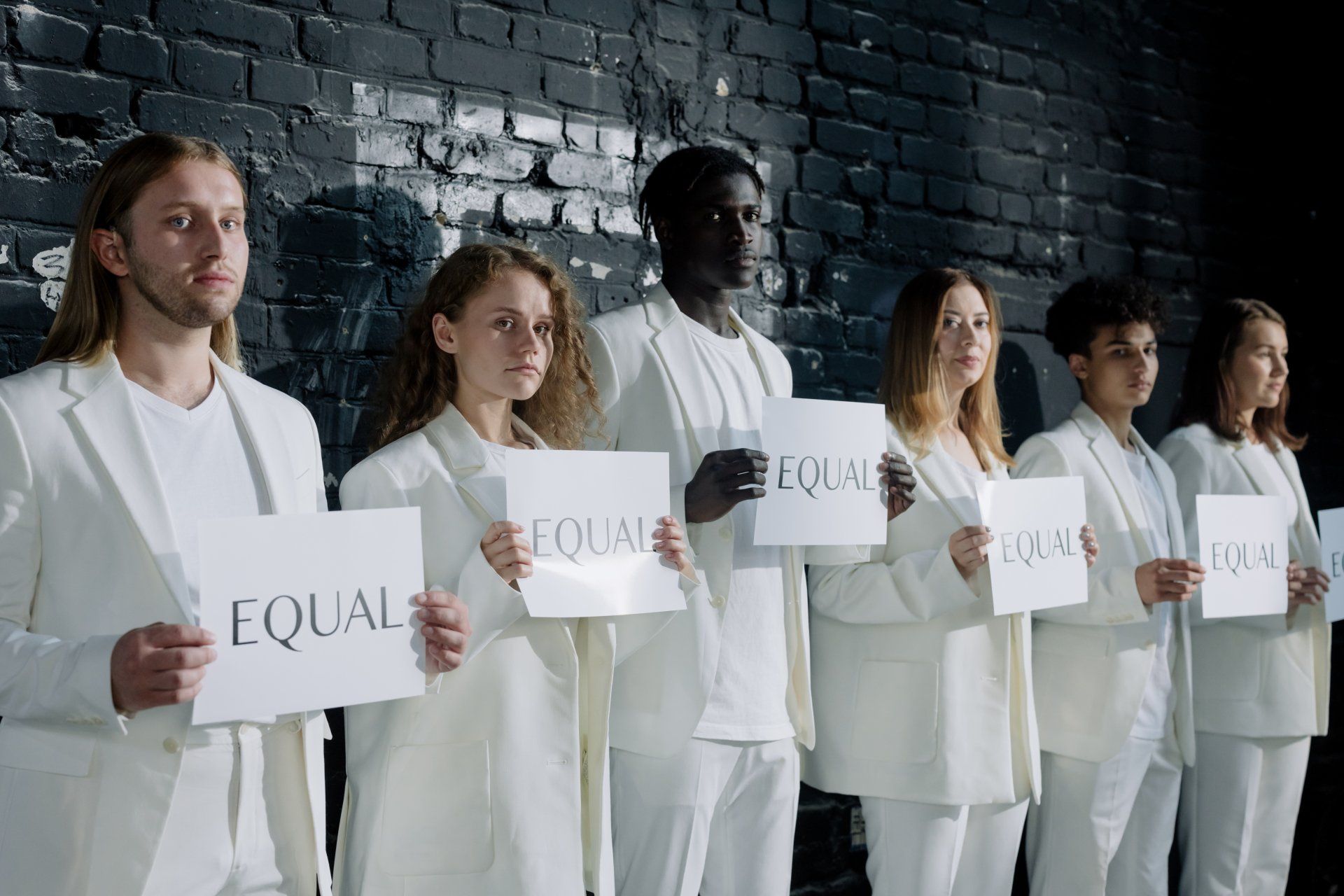What happens after an EEOC charge is filed?
Alabama Employment Law Attorney

After an Equal Employment Opportunity Commission (EEOC) charge is filed, there is a structured process that typically unfolds. The EEOC is responsible for enforcing federal laws that prohibit workplace discrimination based on factors such as race, color, sex, religion, national origin, age, disability, or genetic information. Here is an overview of what generally happens after an EEOC charge is filed:
- Initial Review: The EEOC will review the charge to determine if it has jurisdiction over the case. They will ensure that the charge was filed within the applicable statute of limitations and that it alleges a violation of federal anti-discrimination laws.
- Notification to the Employer: The EEOC will notify the employer that a charge has been filed against them. The employer will be provided with a copy of the charge and may be asked to provide a response to the allegations within a specified timeframe.
- Investigation: The EEOC may conduct an investigation into the allegations. This can involve interviewing witnesses, requesting documents, and gathering evidence from both the charging party (the employee who filed the complaint) and the employer. The extent of the investigation can vary depending on the complexity of the case.
- Mediation: In some cases, the EEOC may offer mediation as a way to resolve the dispute. Mediation is a voluntary process in which a neutral third party helps facilitate communication between the charging party and the employer to reach a settlement.
- Determining Cause: After the investigation, the EEOC will determine whether there is "reasonable cause" to believe that discrimination or retaliation occurred. If they find reasonable cause, they will attempt to conciliate the case between the parties. If conciliation is unsuccessful, the EEOC may proceed with legal action.
- Dismissal and Right to Sue: If the EEOC does not find reasonable cause, they will issue a Notice of Right to Sue to the charging party. This allows the charging party to pursue the matter in court if they wish.
- Legal Action: If conciliation efforts fail and the EEOC believes there is a strong case, they may file a lawsuit against the employer on behalf of the charging party. Alternatively, the charging party can choose to file their own lawsuit with the right-to-sue letter.
- Resolution: Throughout the process, the parties may also reach a settlement voluntarily, either during mediation or at other points in the process. Settlements can involve monetary compensation, changes in workplace practices, or other remedies.
It's important to note that the timeline and specific steps may vary from case to case, and not all charges progress to a lawsuit. Additionally, state and local anti-discrimination agencies may have their own processes for handling discrimination complaints, which may run concurrently with the EEOC process in cases involving federal laws.
If you have filed an EEOC charge or are considering doing so, it's advisable to consult with an attorney who specializes in employment discrimination cases. They can provide guidance and legal representation throughout the process.
Contact attorney Ramon Martin of The Justice Law Firm, LLC for a FREE consultation.


